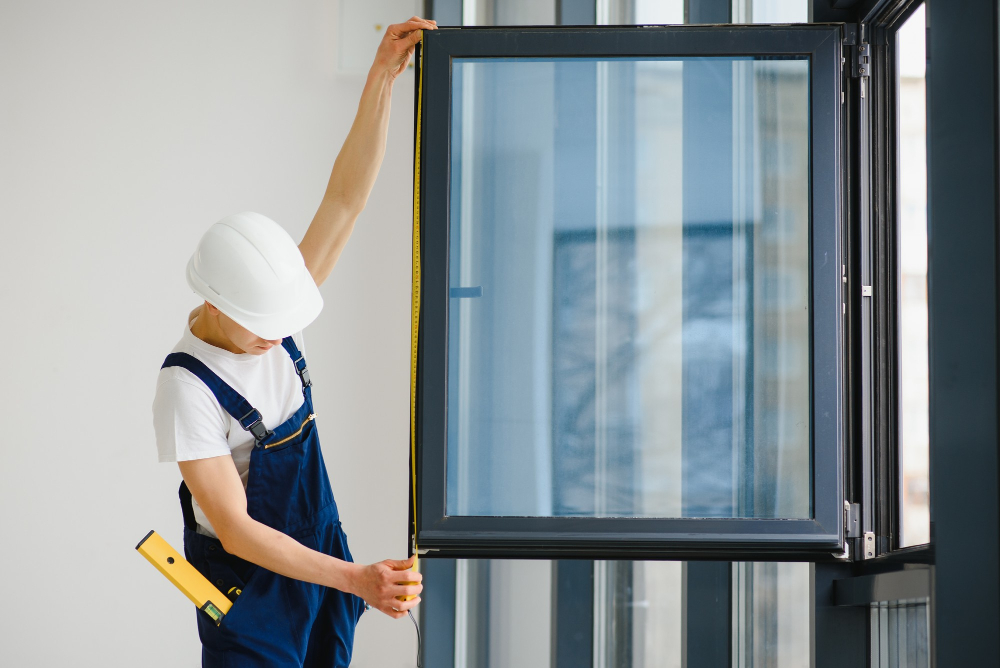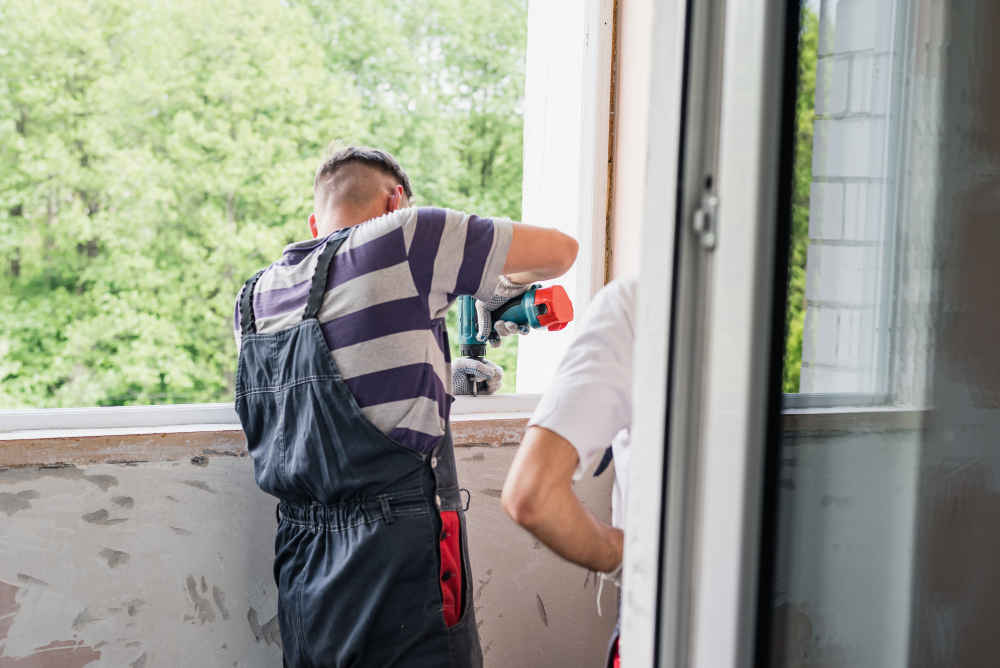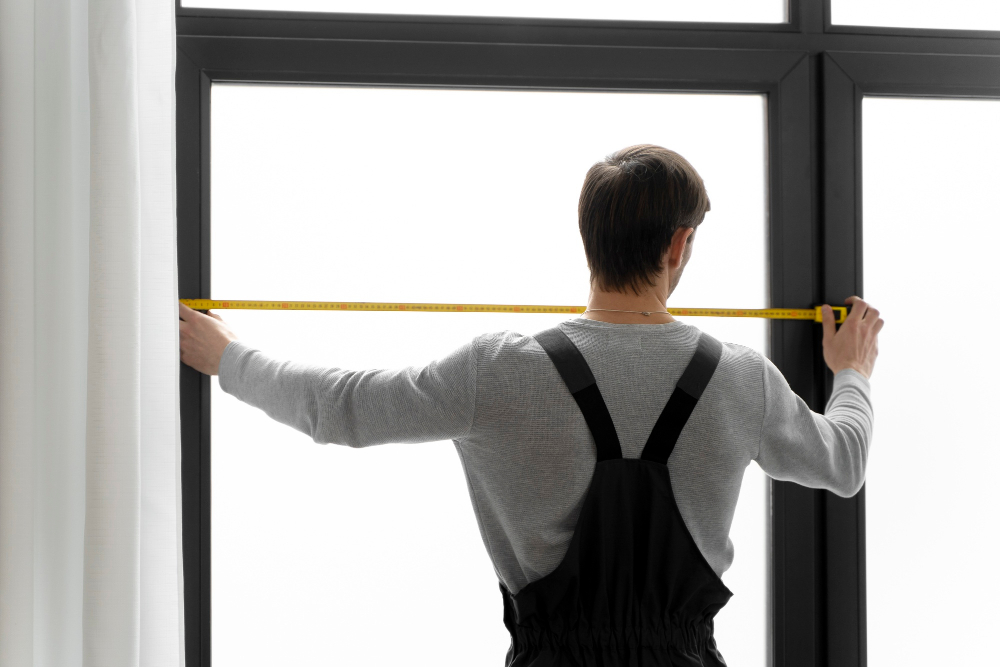How Much Does Window Tinting Cost?
Are you looking to upgrade your home or business with a touch of sophistication and practicality? Look no further than window tinting! It's not an ordinary improvement project.It is a savvy investment that pays off in more ways than one.
Let's bust some myths: window tinting isn't for the wealthy elite. It's an affordable addition to any space. Here's the kicker – the money you save in energy costs makes it worth it!
But wait. Before you start crunching numbers, let's talk about estimates. Transparency is important to us, so we offer free estimates. Fill out a quick request form. We will handle the rest. Trust us, there are tons of variables at play. Thus, it is best to let the pros figure it out.
Now, let's talk business. In Portland, window tinting jobs range from $5 to $8 per square foot. Don't stay focused on averages; your job might differ. We're giving you a ballpark figure to chew on.
Here's the fun part: we are not about slapping on some tint. At Green House Solar Control, we are all about elevating your space. We have got a whole arsenal of window films. We have got you covered from Panorama for that sleek vibe to Armorcoat for safety and security. Let's not forget Graffiti Gard to keep vandals at bay.
But wait, there's more! We're not about practicality; we're about allure, too. Our computerized plotter can whip up designs that'll make your head spin. If you can dream it, we can design it. And if we can design it, we can make it happen.
Now, let's talk business. We have everything from decorative films to solar and security options to spruce up your commercial space. Think architectural finishes, custom graphics – you name it, we've got it covered.

And hey, homeowners, we still remember you! Say goodbye to pesky glare and hello to heat relief with our residential solutions. Fade control? Check. Glare control? Double check. Oh, and did we mention decorative options? Yep, we've got those too.
So whether you're a business owner or a homeowner, we have you covered. And guess what? We guarantee the quality of our work.
Ready to take your space to the next level? Contact Green House Solar Control for a free estimate today! Trust us, you won't regret it.
The cost of window tinting depends on a few key factors:
- Type of Tint: There are three main types of tints: ceramic coated, carbon, and dyed. Ceramic coated is the most expensive, while dyed tint is the cheapest. Your choice of tint will affect the cost.
- Warranty: Warranties cover defects like peeling, cracking, or bubbling within a specific time frame. While they don't add extra cost upfront, they can save you money in the long run. This can be done by avoiding frequent replacements.
- Quality of Tint Film: The brand and material you choose impact the price. Higher-quality materials like ceramic and carbon last longer than dyed tints. It can save you maintenance and replacement costs over time.
- Vehicle Model: The size and model of your vehicle and the number of windows affect pricing. For example, cars typically cost $200-$500 for all windows, while SUVs and vans range from $250 to $700.
- Style, Shape, and Size of Windows: Factors like curved windows or large rear windshields can increase installation time and material costs. Flat windows are more accessible to tint and may cost less.
- Professional Application: It requires window tinting skill and knowledge of state laws. Therefore, hiring a professional would be the best option. Professional services range from $100-$900. It ensures quality results without risking legal issues.

